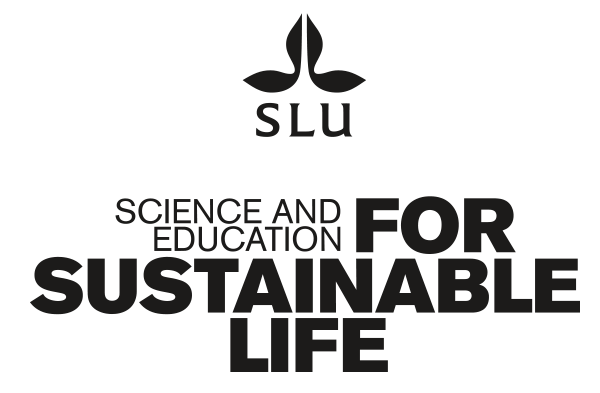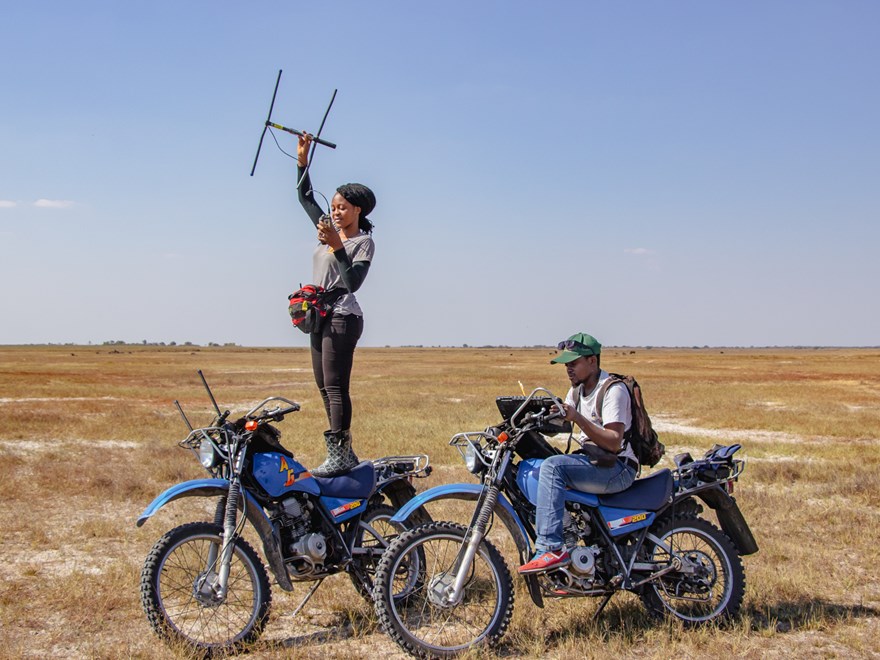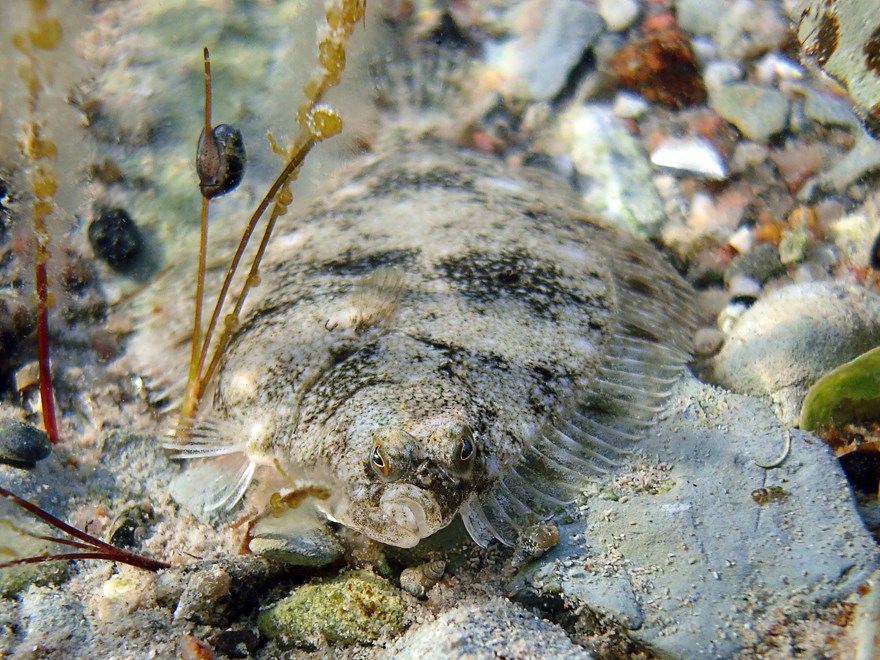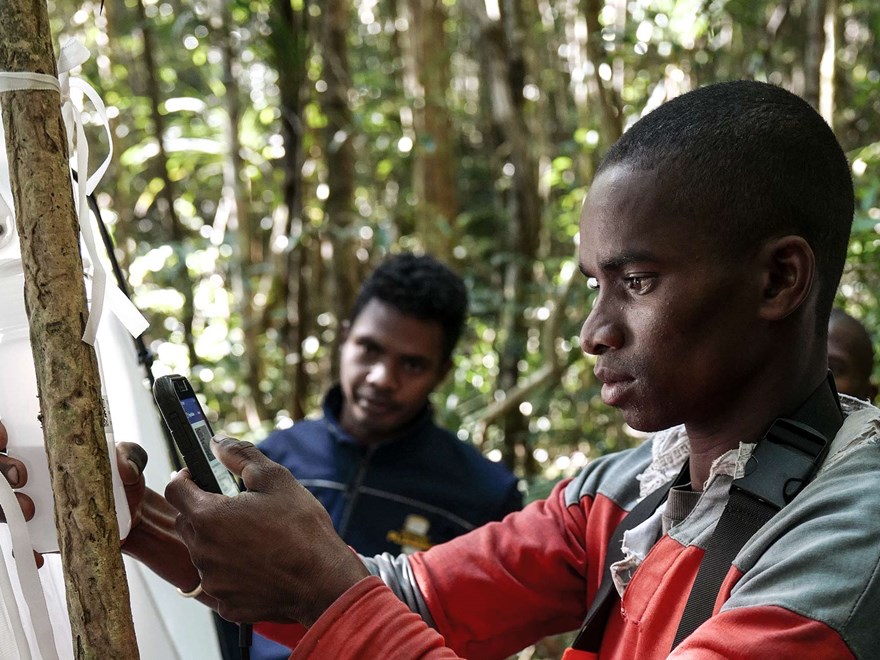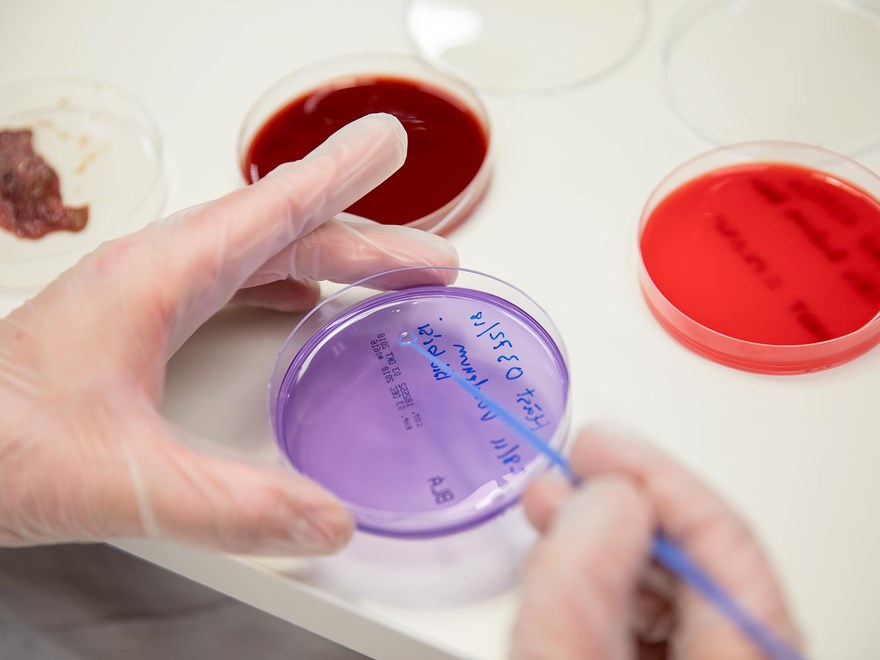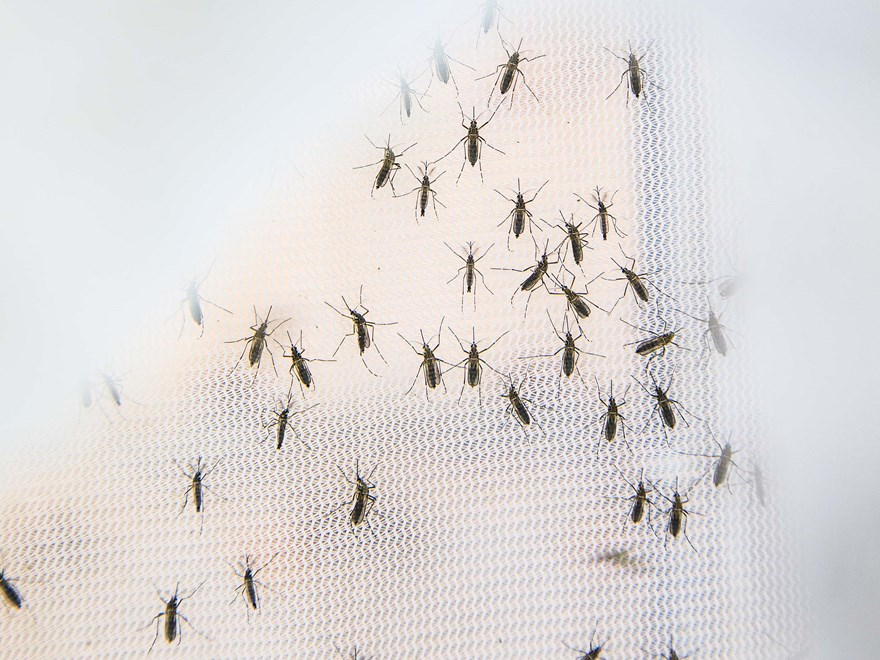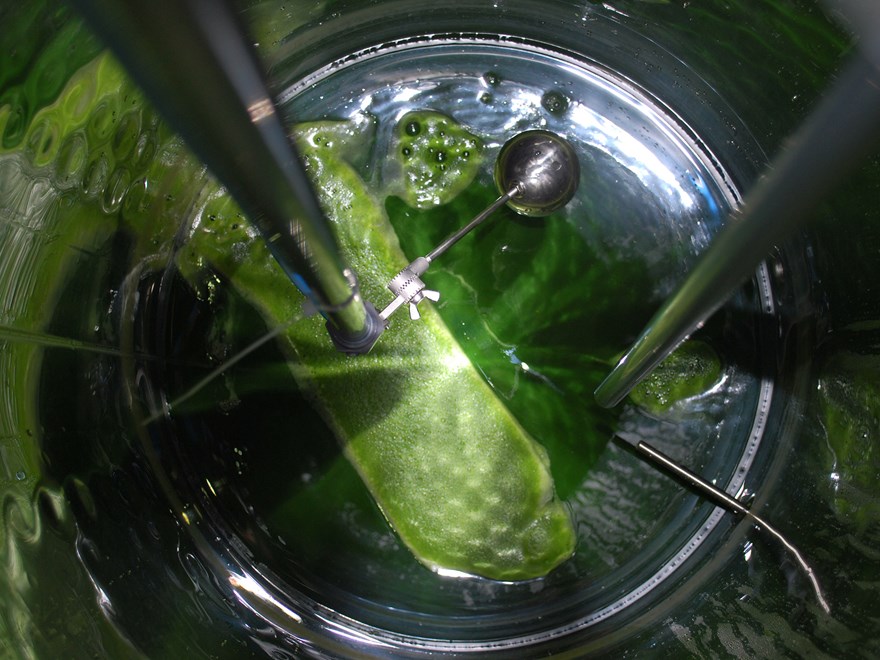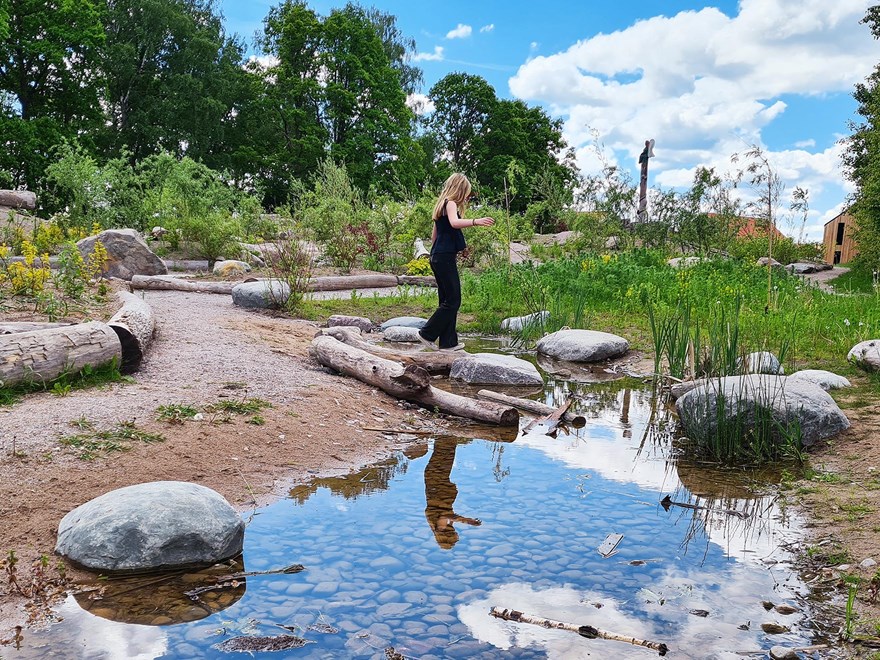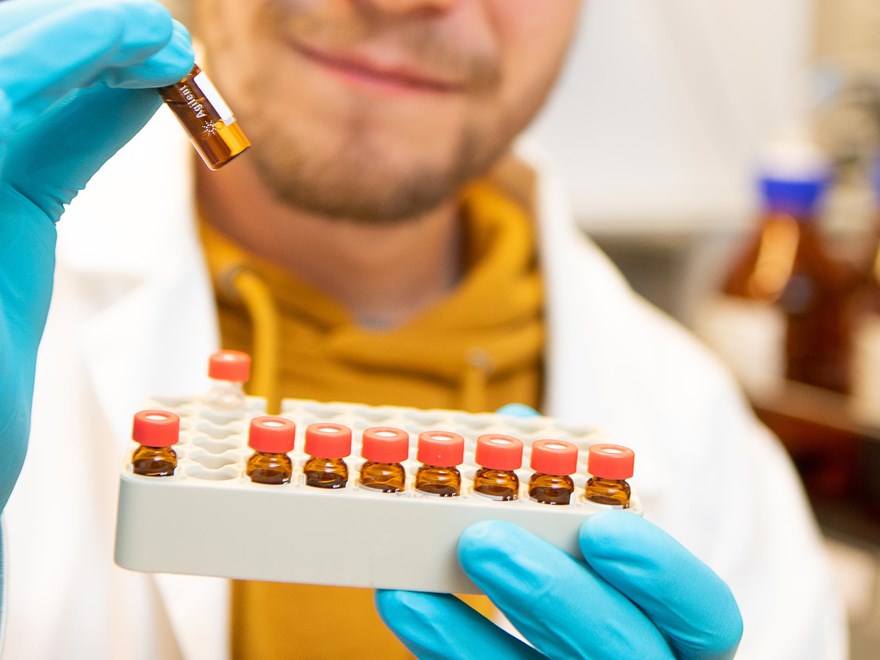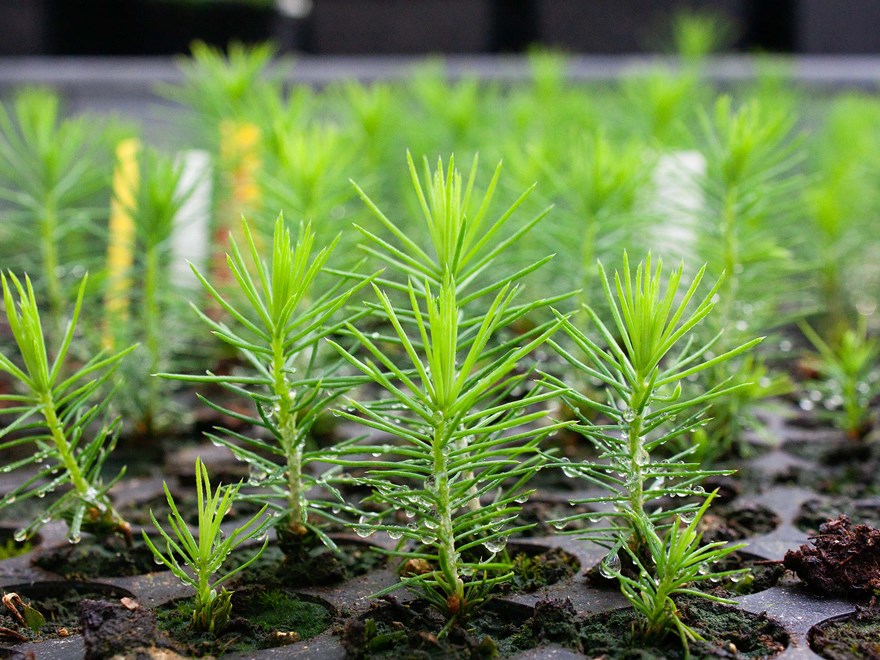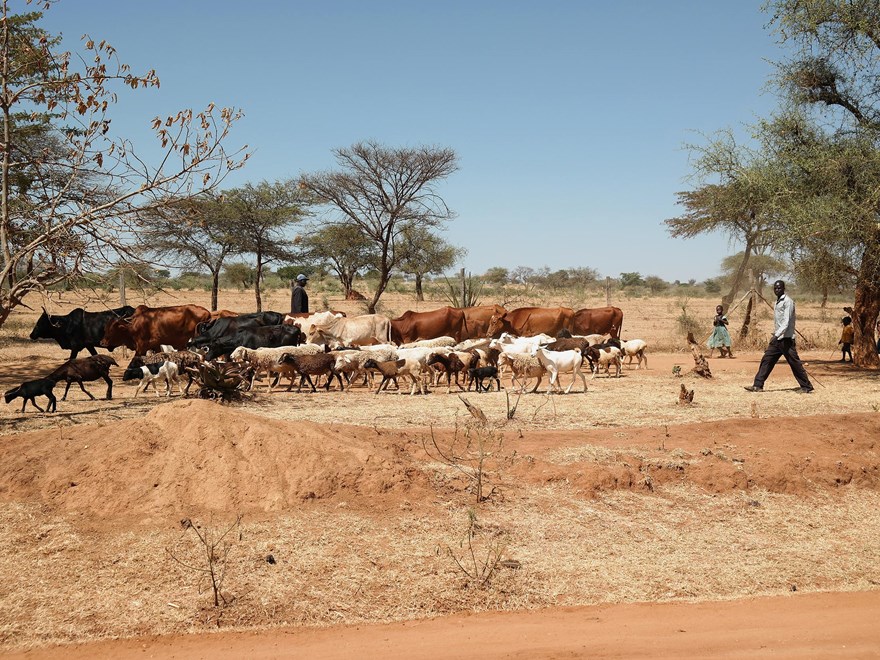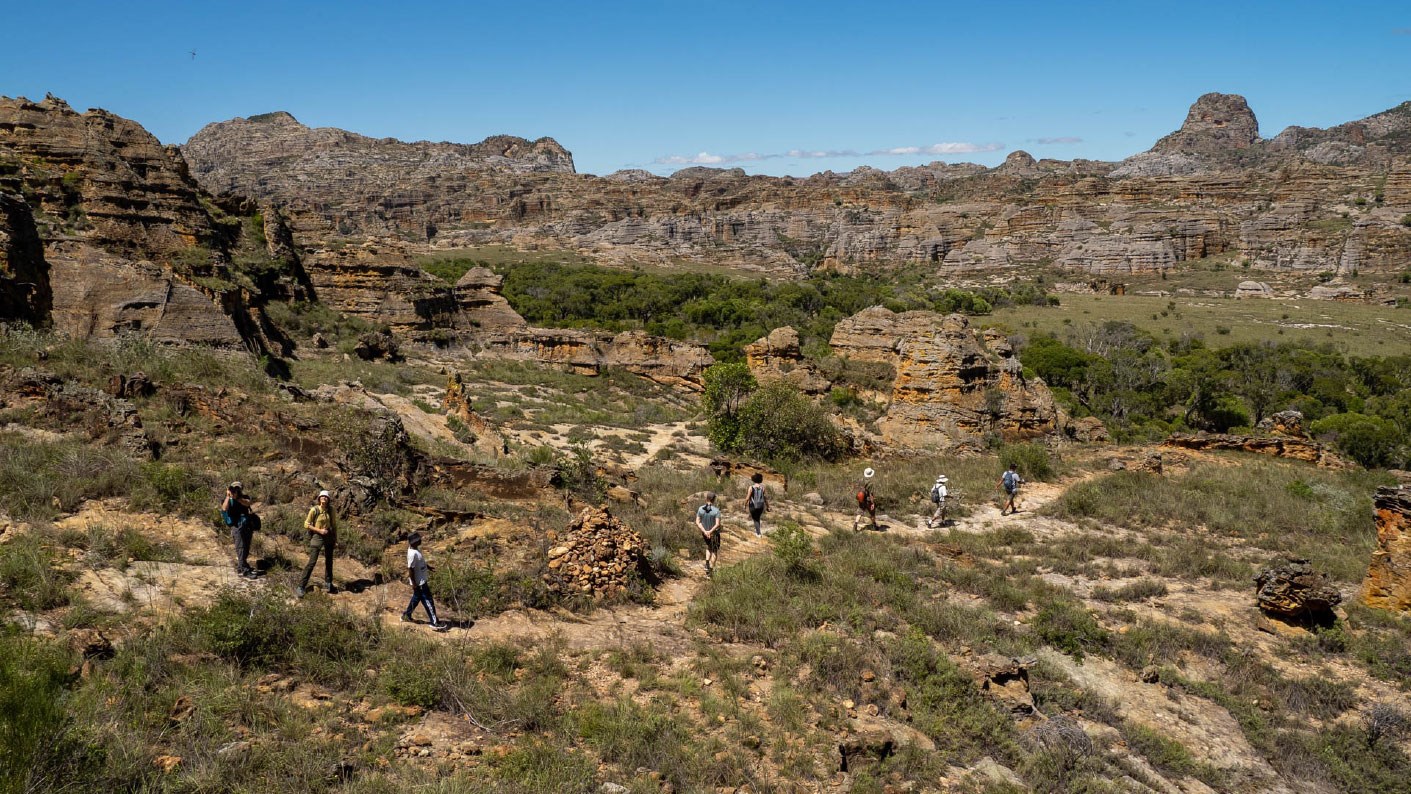
We map life on Earth
Most species are still unknown
At 200 locations around the world, project Lifeplan collects information on mammals, insects, birds, fungi and microorganisms. The project yields enormous amounts of data, which are analyzed using mathematical models and AI. The better part of species encountered are completely new to science! The goal of the project is to gain a better understanding of the fabric of life – before it is too late. The fieldwork is coordinated from SLU.
Reading: 3-5 min.
Tsitongambarika is a humid evergreen forest located in southeastern Madagascar. The only sounds you will hear there derive from the flow of the river and the calls of the lemurs echoing through the trees. Almost any species you come across at Tsitongambarika are found only in Madagascar and nowhere else. This applies to both chameleons and birds of all kinds – not to mention the local insects. Many are unique to this single national park.
Amiry Diaritoky empties the Malaise trap. This tent-like structure catches flying insects in a bottle. Next to it stands a brilliant-green spore trap which captures airborne particles – in particular fungal spores and pollen from plants. Nearby, on a tree trunk, the researchers have mounted a wildlife camera, for snapping pictures of mammals and birds. An audiorecorder picks up the sounds of birds but also of frogs, bats and some insects. Together with soil samples (which are full of microorganisms), these sampling devices will provide a comprehensive picture of all life at the site.
![]()
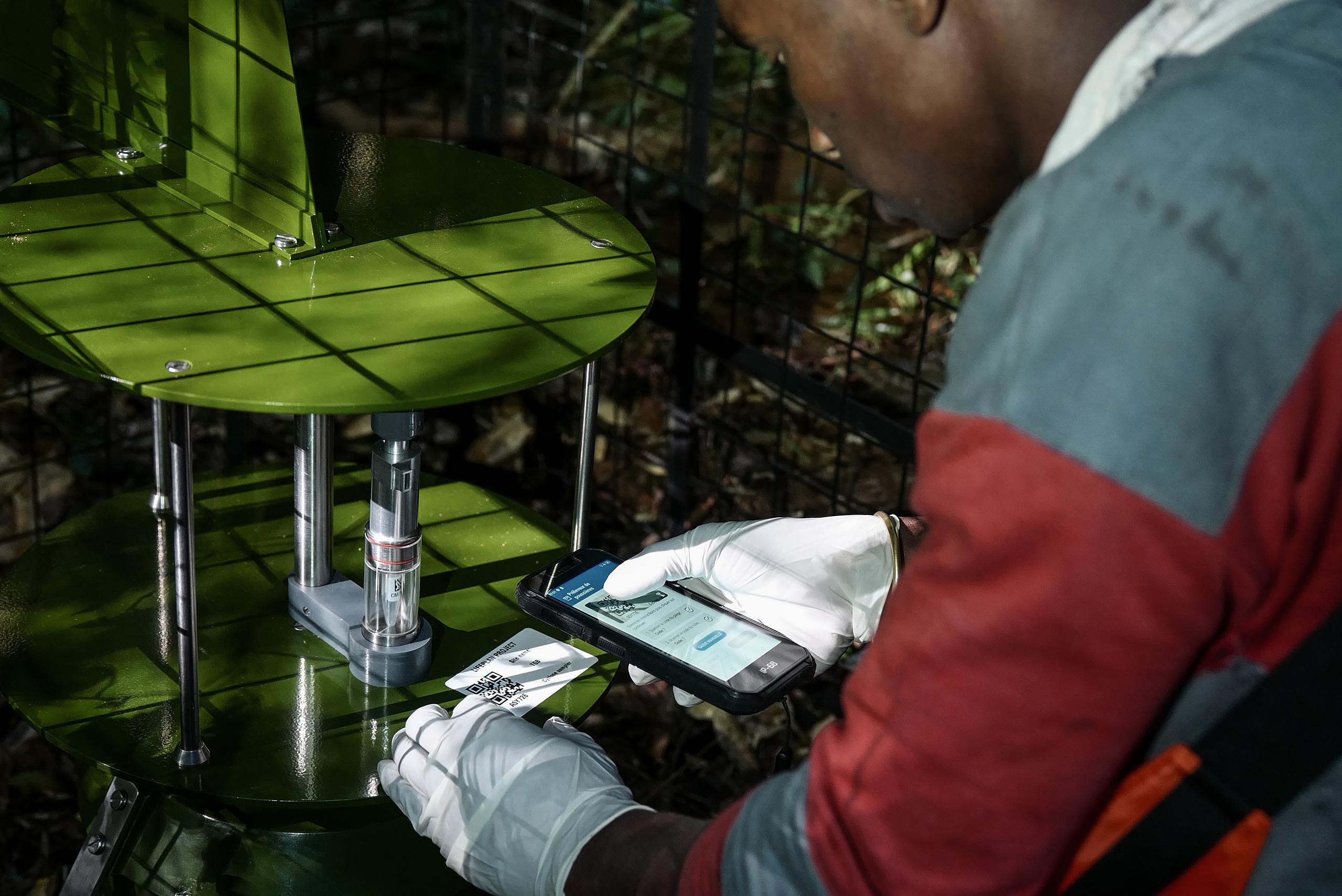
Three times a week, park staff and researchers visit a full 50 sampling sites across Madagascar to collect samples, and to change batteries and memory cards. The biggest challenge is often in getting there. The terrain in Madagascar is hilly – and remaining pockets of forest are often constrained to the most inaccessible slopes.
“Our most memorable fieldwork experiences relate to installing traps in remote forest areas. This involves the challenge of blazing new trails through inaccessible terrain. But it is most certainly all worth it – since this is the only way to map the unknown biodiversity of Madagascar”, says Dimby Raharinjanahary, project coordinator in Madagascar.
The same mapping is done in Greenland, in Lebanon, in Peru, in Pakistan... in fact, in a total of 53 countries. The largest number of sampling sites is concentrated to Madagascar and Sweden, because here the researchers drill into the patterns of diversity from larger to smaller scales. Between themselves, these two countries offer an extreme contrasts in terms of biological diversity, both in terms of what species they host, how many species there are and how these species have evolved. Key to the project is that all data are collected using the same, standardized methods across the globe. Local records can therefore be directly compared to each other.
“When we are out in the field, we know that hundreds of other people across the globe are doing exactly the same things as we are. This is a great feeling – and I am dying to learn what we will find out together”, says Hanna Rogers, research assistant in the project.
-
 People engaged in projects Lifeplan and Insect Biome Atlas visit the Isalo National Park in Madagascar.Photo: Piotr Łukasik
People engaged in projects Lifeplan and Insect Biome Atlas visit the Isalo National Park in Madagascar.Photo: Piotr Łukasik -
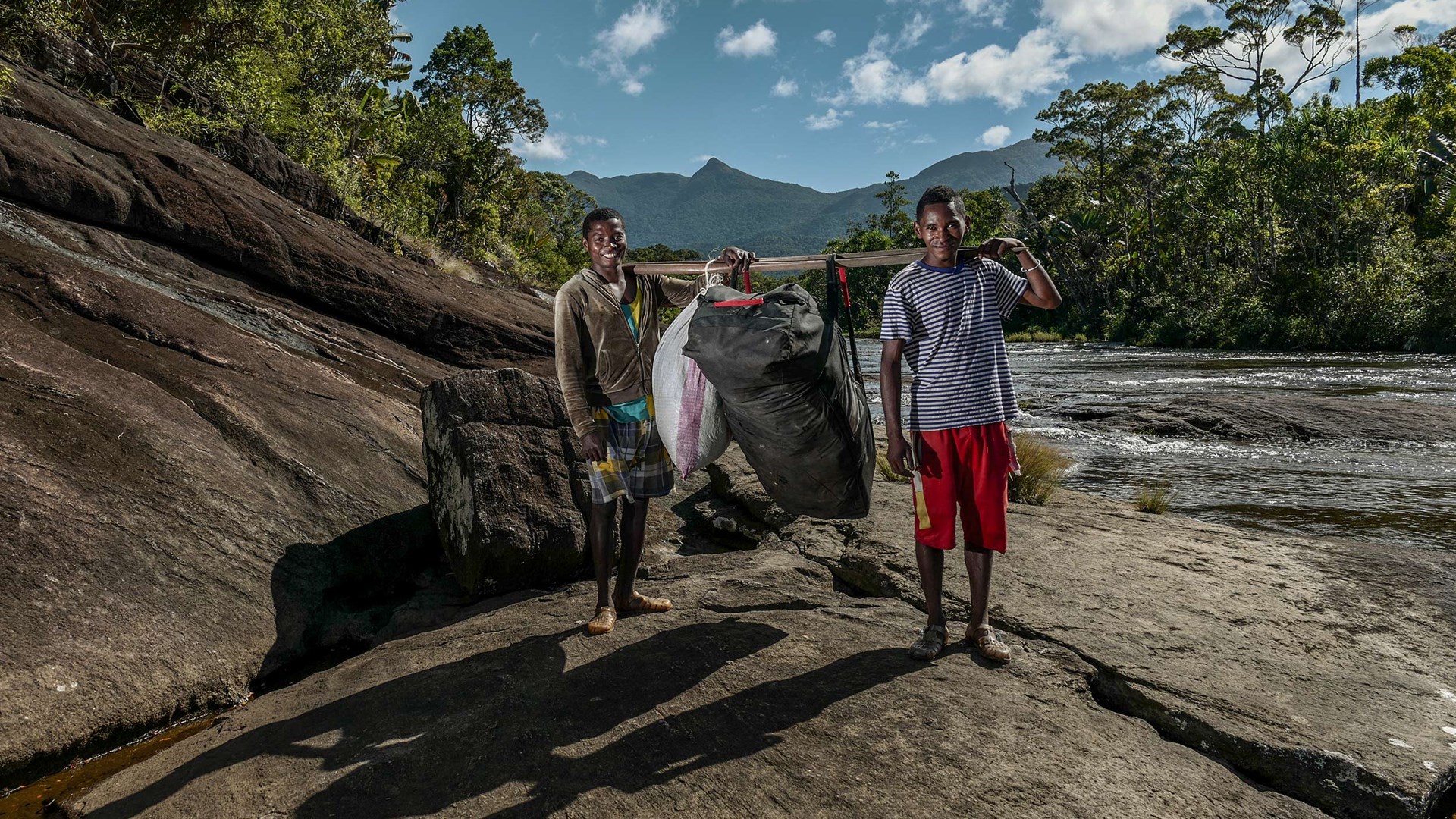 Feno and Mario carrying Lifeplan equipment from the village Iaboakoho to Tsitongambarika. This route is four hours of walking under a baking sun. Photo: Safidy Andrianantenaina
Feno and Mario carrying Lifeplan equipment from the village Iaboakoho to Tsitongambarika. This route is four hours of walking under a baking sun. Photo: Safidy Andrianantenaina -
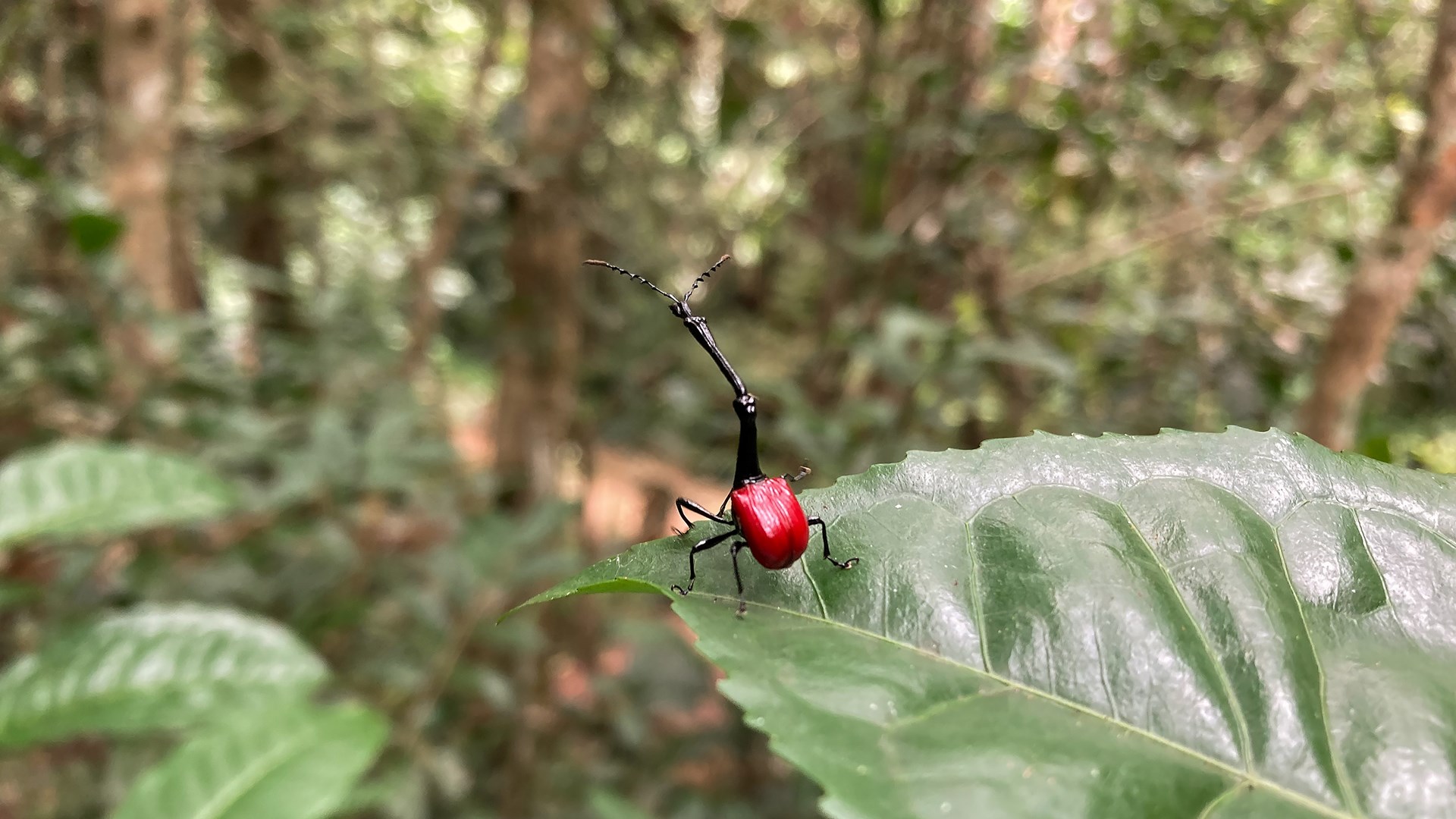 One of Madagascar’s unique species. Male giraffe weevils (Trachelophorus giraffa) have extremely long necks which they use to fight one another. Photo: Tomas Roslin
One of Madagascar’s unique species. Male giraffe weevils (Trachelophorus giraffa) have extremely long necks which they use to fight one another. Photo: Tomas Roslin
![]()
Hanna walks through the forest together with Gaia Banelytė and Arielle Farrell. The team is on their way to one of the sampling sites outside of Uppsala. The sun filters through the fir and pine trees and some distance away, a great black woodpecker is calling. With some luck, they may see a capercaillie or an elk today. The members of the SLU Lifeplan team have calculated that they will visit each of their 15 study sites for some 250 times during the six-year span of the project.
– Today it's just lovely, but sometimes it can be quite cold on the hands when handling batteries and tiny memory cards. Once I broke through the ice so that my boot filled with water – but luckily it wasn't that cold after all. And it's still mostly fun! We were hired to go out in all weathers, and besides, it is not a big deal compared to the challenges faced by other teams in the project, says Hanna.
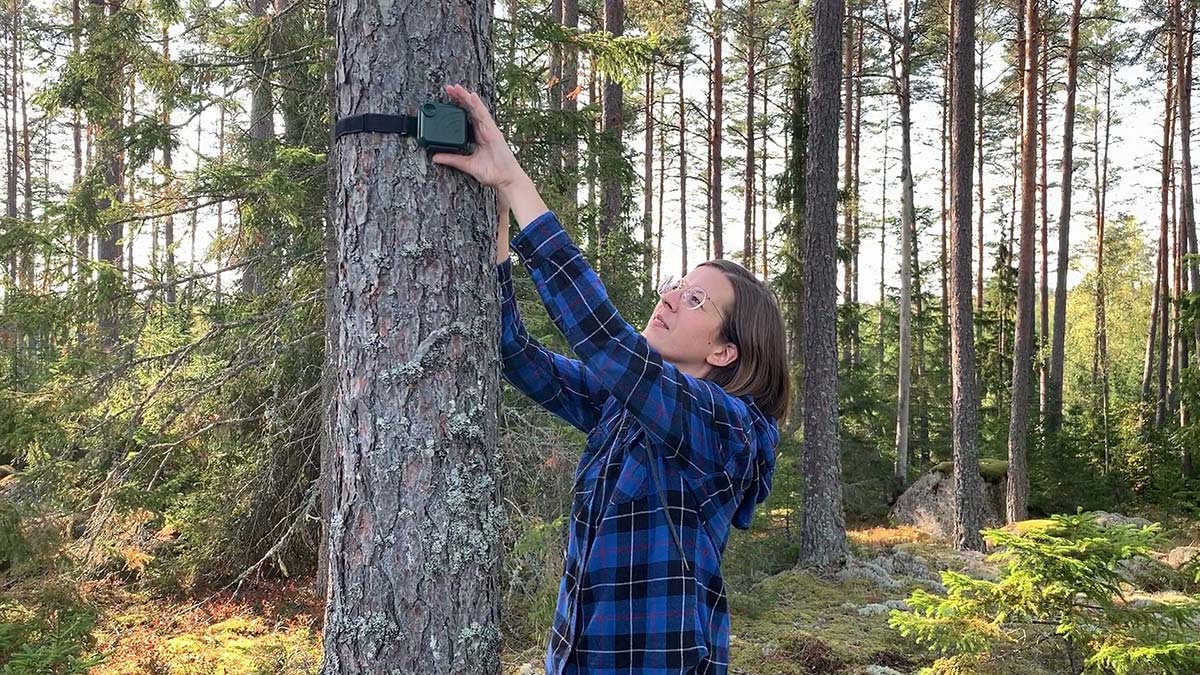
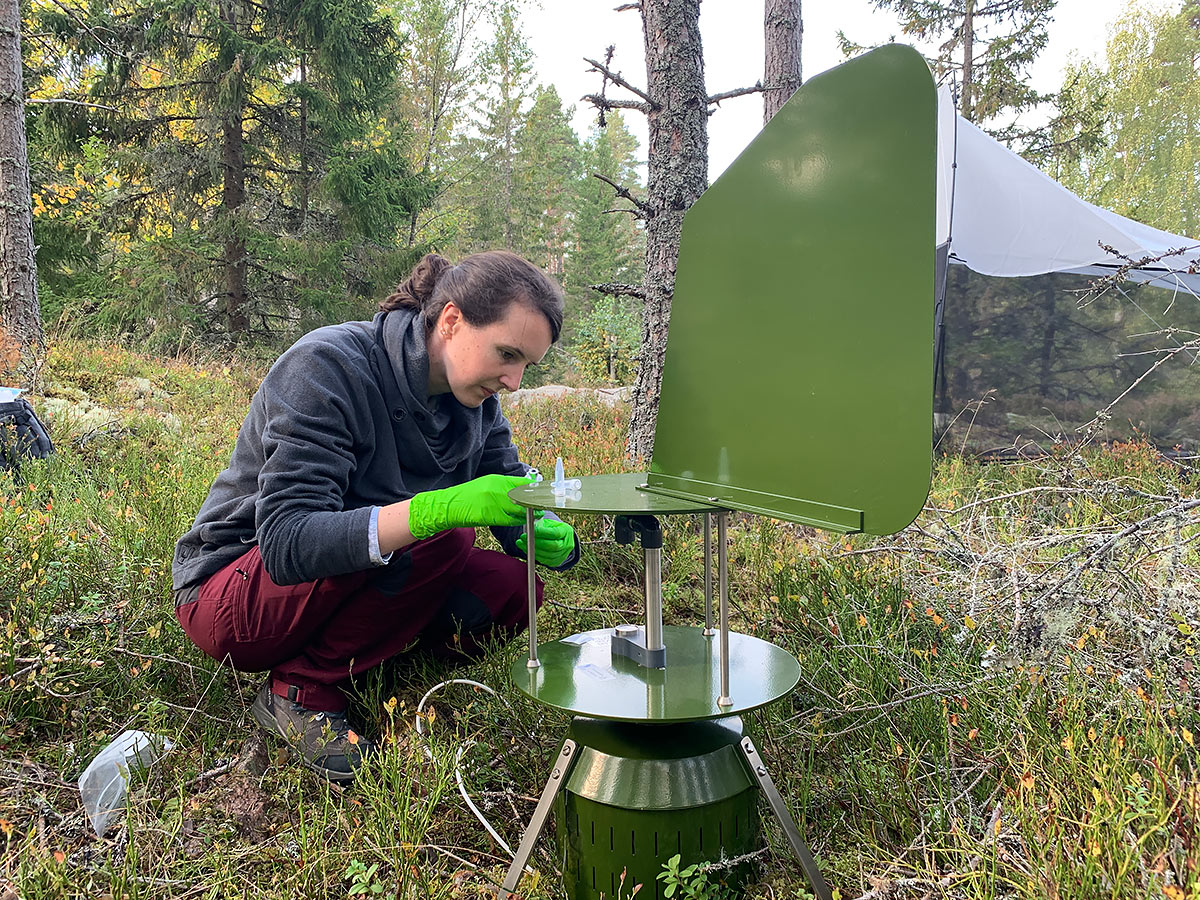
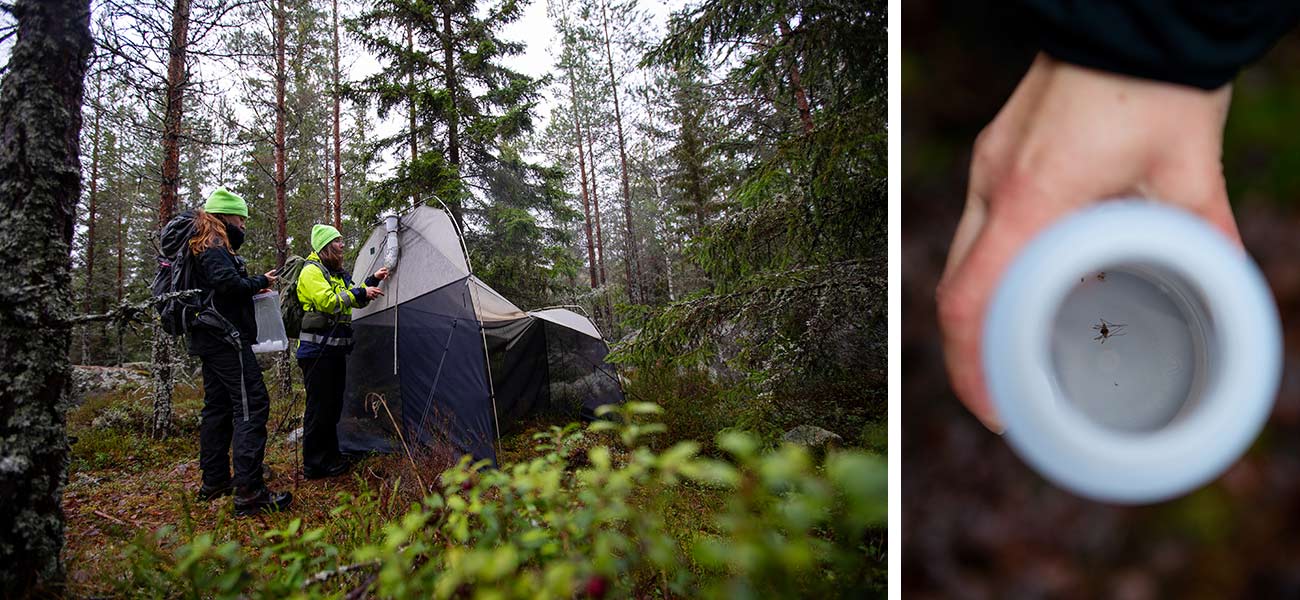
-
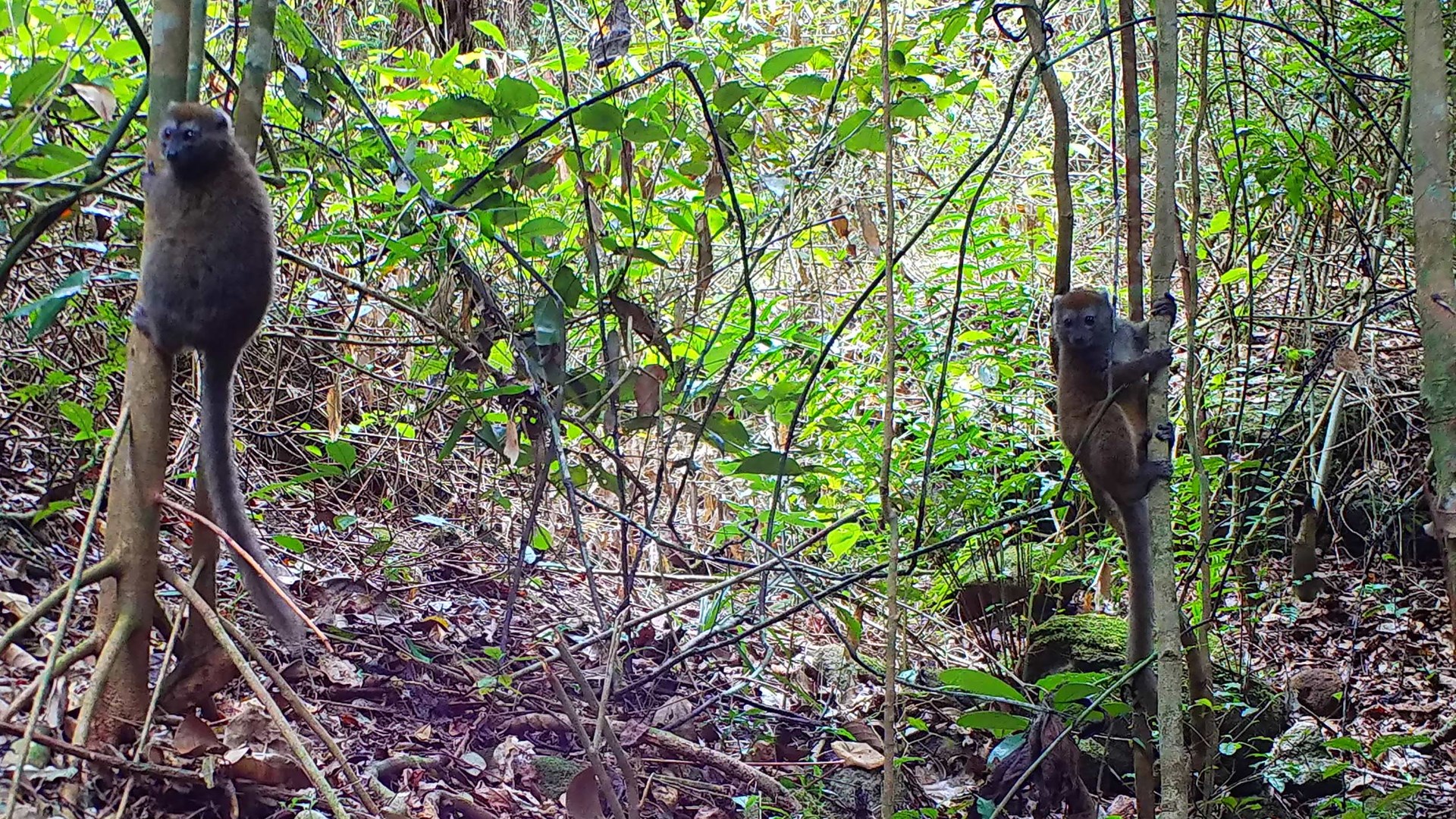
Lifeplan’s wildlife cameras capture animal life around the world. Here some lemurs in Madagascar have been caught on camera.
-
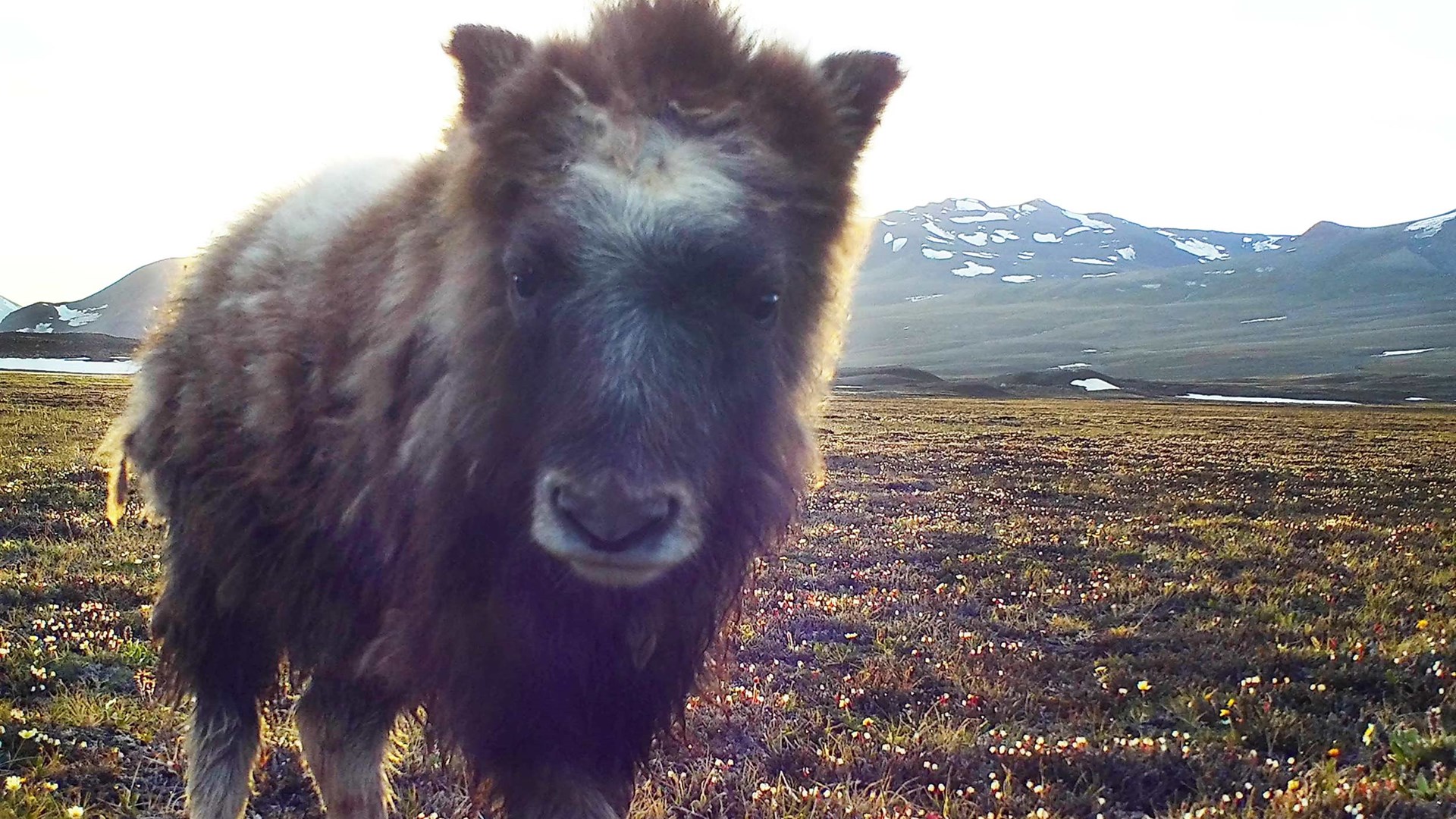 A musk ox calf takes a closer look at the wildlife camera. This calf spends its life in the enormous national park of Northeast Greenland.
A musk ox calf takes a closer look at the wildlife camera. This calf spends its life in the enormous national park of Northeast Greenland. -
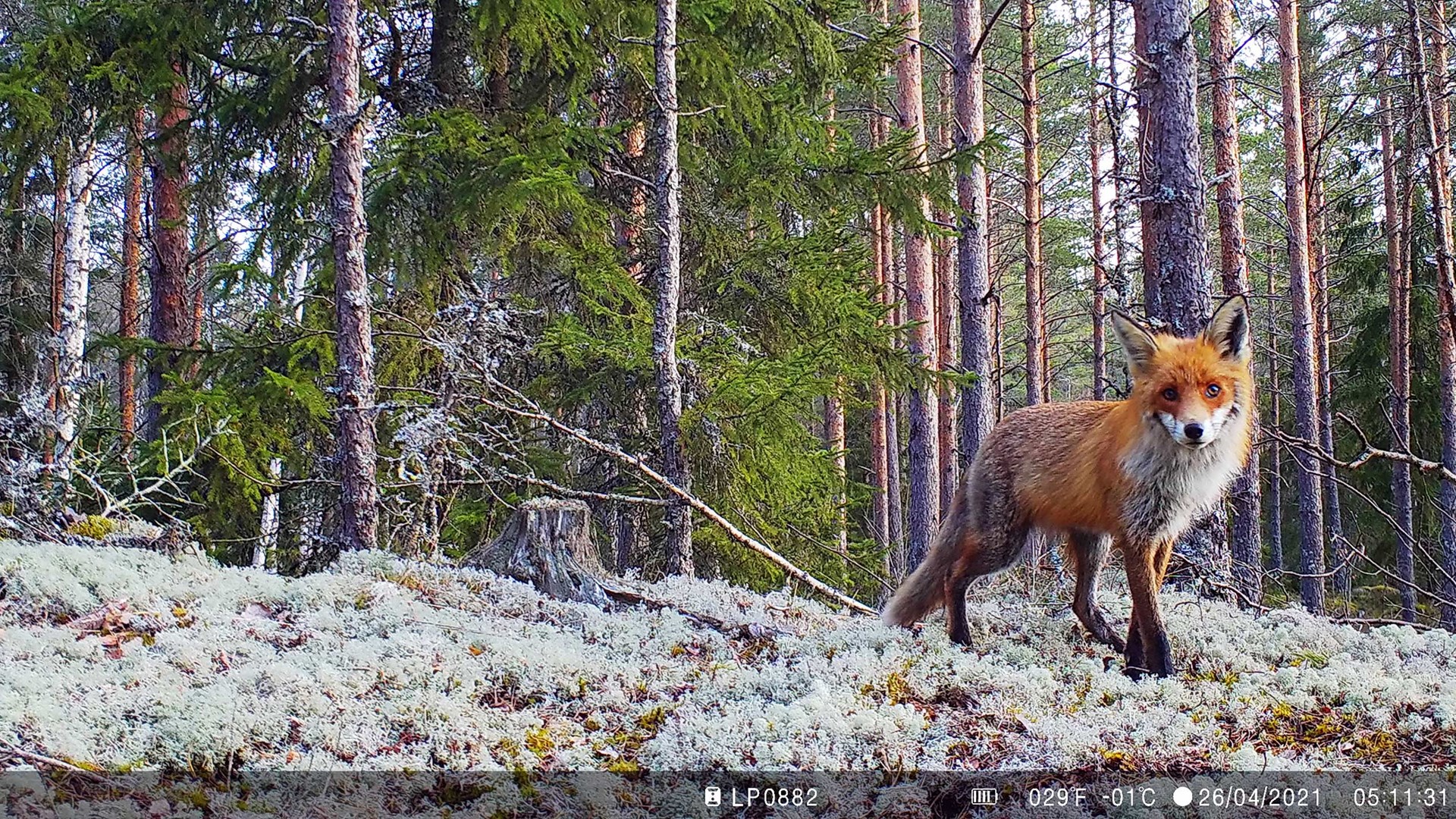
Here a red fox has been caught mid-step. Sometimes the animals can hear the sound of the shutter. This makes them freeze and pose for the camera.
-
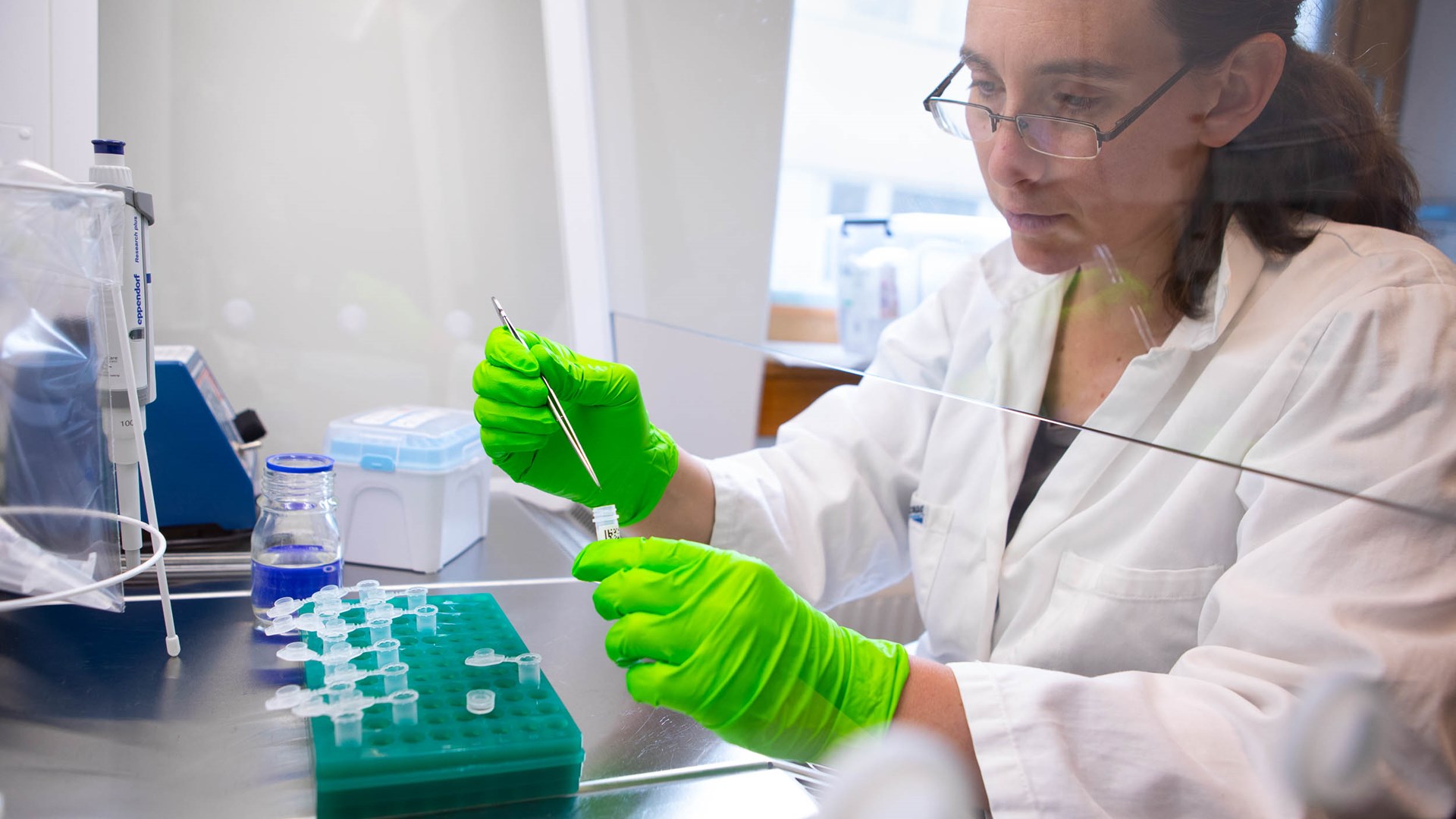
The spore samples needs to be cleaned before they are sent of to Canada for analysis. Arielle Farrell checks all of the tubes and removes insects and dirt that doesn't belong there.
Photo: Jenny Svennås-Gillner
Lifeplan amasses large amounts of data. Of course, it is impossible for the researchers themselves to look through the millions of images or to listen through the years of audio recordings to identify all species. For this purpose, the project develops advanced algorithms and artificial intelligence. For example, hundreds of bird watchers worldwide are contributing to developing an automated system for reliably recognizing the different bird sounds occurring in the recordings. Likewise, it would be impossible to “manually” identify all the spores, insects or microorganisms to species. For this purpose, the researchers rely on DNA-based methods. To then bring order to the data set and to find interesting patterns in what species occur where, researchers in Lifeplan use advanced mathematical models.
– The key aim of the project is to gain a better at understanding of the forces shaping the diversity of life around the world, says Tomas Roslin. If we cannot understand the patterns of today, then we clearly cannot predict what will happen with future global change.
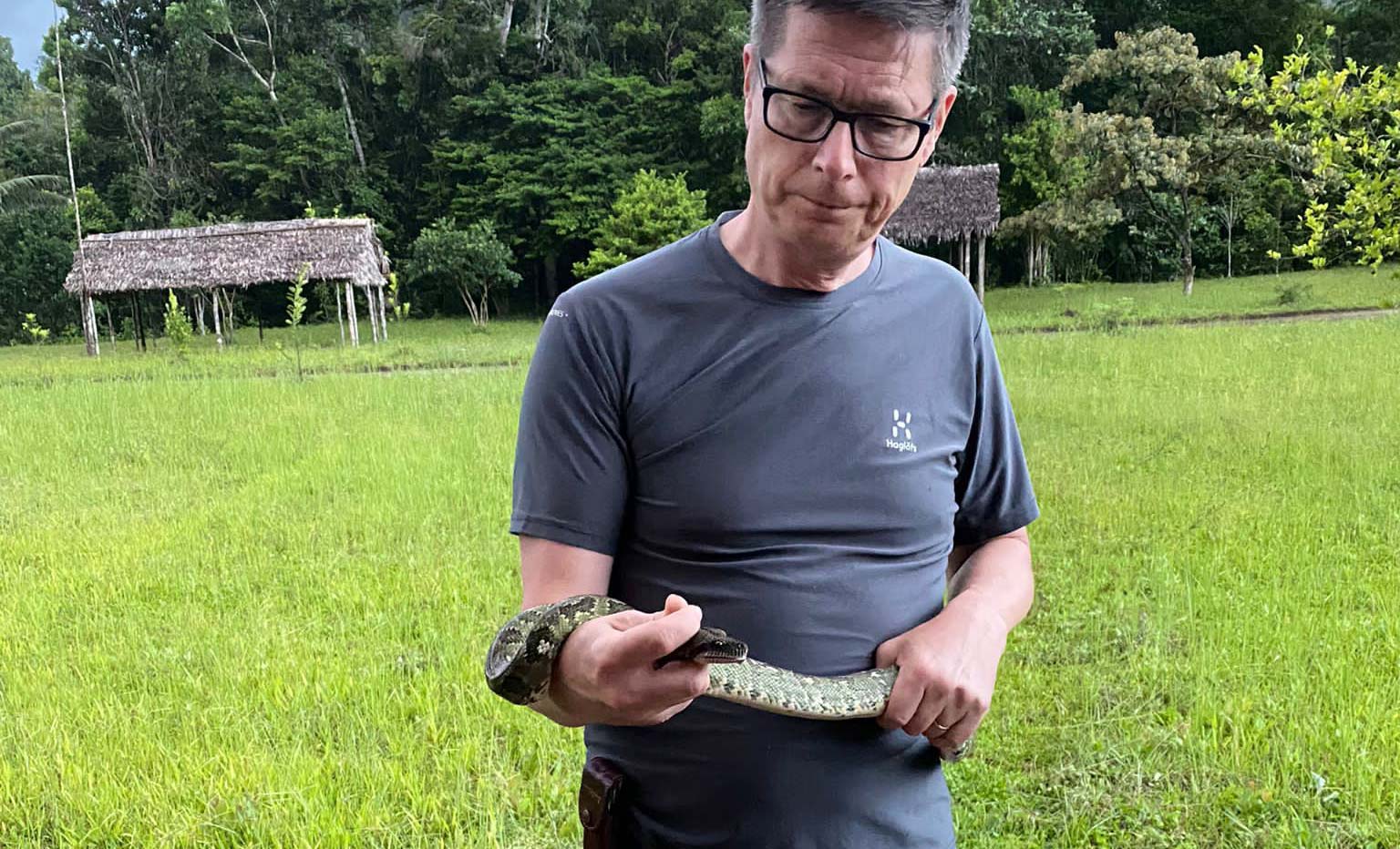
Tomas Roslin visiting Madagascar, where there are no venomous snakes. Thus, you can pick up any snake for a closer look – as long as the snake itself agrees to the treatement. Photo: Eva Roslin
Species and ecosystems are threatened when we humans change both climate and habitats, for example through forestry, agriculture and urbanization. Nonetheless, we still have a very poor understanding of biological diversity – since as many as 80 percent of all species remain unknown. So perhaps you can see Lifeplan as a continuation of the work of Carl von Linné. But instead of sending out disciples from Uppsala, Lifeplan works with people who are already in place.
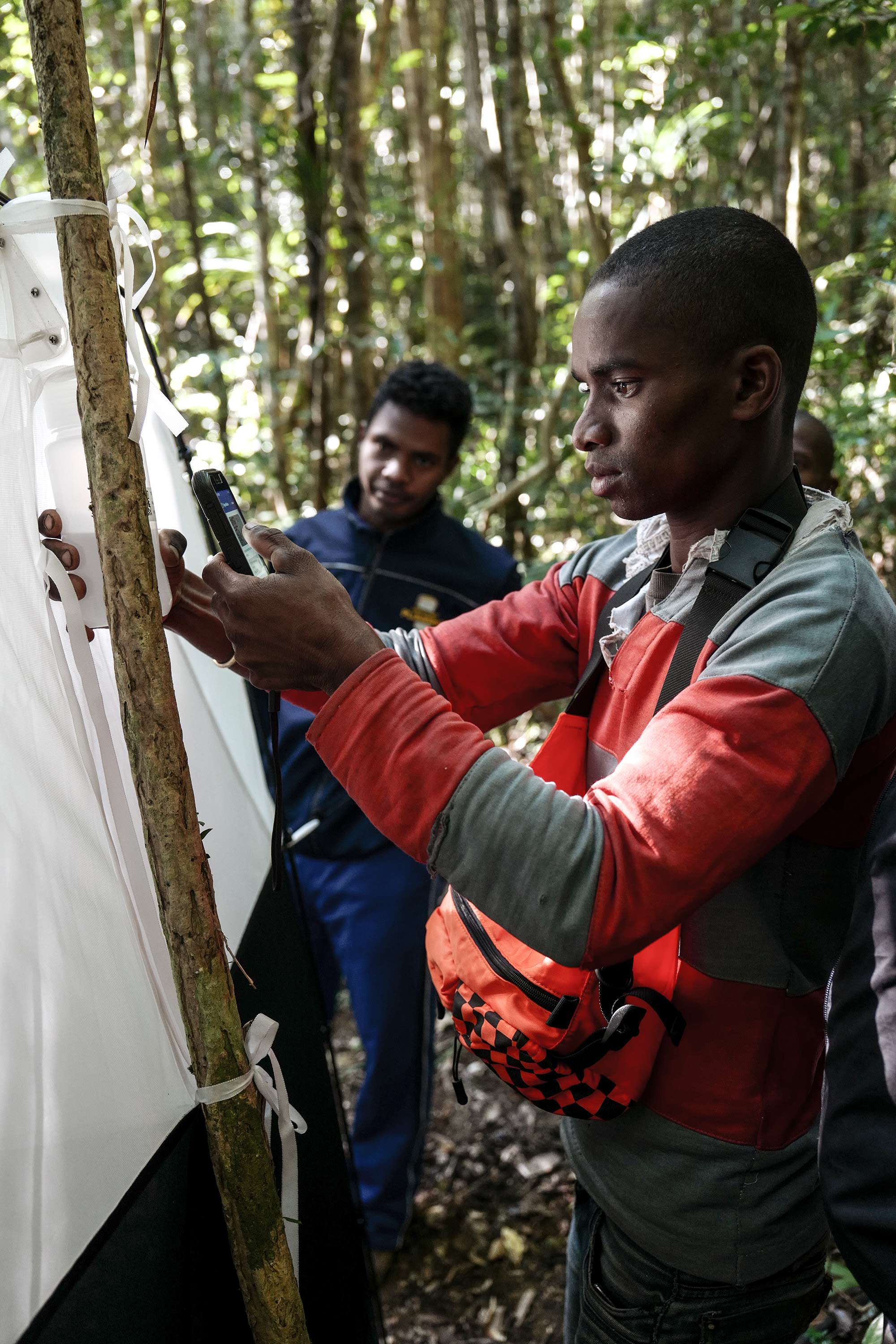
Marius Andriamorasata, park warden, and park assistant Amiry Diaritoky scans the QR code on an insect trap in the Tsitongambarika Forest. Photo: Safidy Andrianantenain
Facts
Across the world, species communities are rapidly changing, as primarily due to climate warming, intensified agriculture and deforestation. But what do these communities really look like and what processes are they shaped by? We cannot really tell, as some 80 percent of all species are still unknown to science. If we are ever to manage natural resources in a sustainable manner then this is a dire situation.
Project Lifeplan maps life on Earth. The rationale is to use automated methods for species detection and identification, to thereby obtain data directly comparable between any part of the world.
Lifeplan resolves what species communities look like today and what processes they are shaped by. The project was made possible by scientific advances in DNA sequencing and in AI technology.
The project runs for six years and has received SEK 135 million of funding from the EU. It is led by Tomas Roslin, professor of insect ecology at SLU, together with Otso Ovaskainen, professor of mathematical biology at the University of Helsinki and David Dunson, professor of statistics at Duke University.
![]()
Story:
Anna Lundmark, e-mail, +46 (0)18-67 23 35
Department of Ecology
Press & research contact:
Tomas Roslin, professor of insect ecology,
e-mail, +46 (0)18-67 23 83
Production:
SLU Department of Communication, e-mail
The content is free to share in its original form if the source/url is cited.
![]()
More stories to explore:
Content by
An eye for science. We see the world through our own eyes. Sometimes we need a microscope to see the bigger picture, other times patterns are clearer at a distance. Beauty can catch your eye from the bottom of a petri dish, during a walk in the woods, or in a new data series. SLU brings together people who have different perspectives, but they all have one and the same goal: to create the best conditions for a sustainable, thriving and better world.
